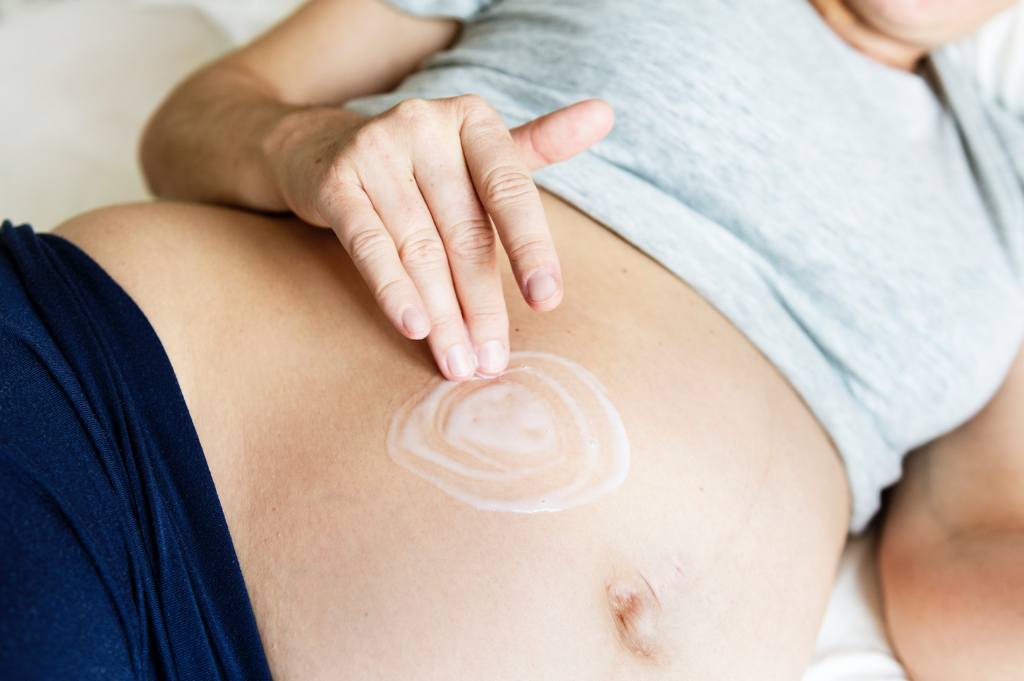Being pregnant is a time of great joy for a woman and a couple, as they delight in the prospect of becoming new parents, plan for the birth of their child and look forward to this new adventure.
While this is certainly a cause for celebration, being pregnant can be physically uncomfortable at times, especially in the third trimester. A woman who’s expecting may experience sore muscles, back, feet and neck aches in addition to fatigue and morning sickness.
Most people would agree that a massage not only feels great but is an excellent source of stress relief, body and mind relaxation and a great way to take a break from daily obligations.
Pregnant women may find themselves worrying about the birthing process, especially if it will be their first time, the health of their unborn child and a myriad of other concerns regarding themselves and their baby. Luckily, prenatal massages can assist in providing some relief.
A prenatal massage helps to:
- Promote tranquility
- Lower stress levels
- Reduce swelling through blood and lymph circulation
- Relieve myofascial pain in the back, legs, hips and neck as well as muscle cramps or spasms
- Reduce stress being placed on weight-bearing joints
- Improve skin pliability
- Help with sleep issues
Even though it can be quite nice to get a massage during the first, second or third trimester, there are certain things mothers-to-be need to keep in mind to protect their baby. Even when administering a self-massage with a portable massager, it’s imperative that you keep the pregnancy in mind as it affects how the massage should be given.
Prenatal massage dos and don’t’s
Body position:The sitting position works well for prenatal massages, but it’s not a good idea for a pregnant woman to lie on her stomach, especially during the second and third trimesters. If you’re giving yourself a massage, sitting in a study chair is recommended; however, if your partner is using a personal massager on your upper or lower back, it’s best to lie on your side instead of face down, as this can actually cause pain in the mid-section and pelvic area.
Trigger points: Experiencing knots, or trigger points, is common among all people, so expectant mother are no exception. However, it’s important to bear in mind that the body is interconnected, so massaging one spot may, in fact affect another. For example, some pressure points in the wrists, ankles or feet might activate pelvic and/or uterus muscles, which could result in contractions. Therefore, it’s imperative to do some research first before beginning a prenatal self-massage or to only focus on light, gentle massage techniques.
Remember your whole body: While your back may be aching from carrying extra weight around your midsection, relieving muscle tension in other parts of the body can feel great as well. You may be walking differently as your belly expands, which could place new pressure on your feet. A foot massage will feel amazing, especially if you’re looking for plantar fasciitis relief. While you shouldn’t necessarily massage your stomach area, you can gently rub lotion over this part of the body, which can still feel nice and help with stretch mark relief. A hand or arm massage might also provide some relaxation as can a head and scalp massage.
Keep it light: Deep tissue massage and a lot of pressure are not suitable options for pregnant women. Instead, focus on a relaxation massage with gentle strokes and light pressure using the spheres on a Moji 360®. Massages don’t have to be intense to be beneficial.

